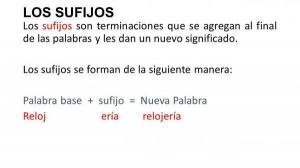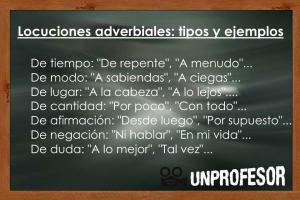The predicate of a sentence
We continue with the main parts of the sentence and their syntactic functions. Now it is the turn of the Predicate.
In this video we will explain what is predicate and how to identify it. The Predicate, together with the Subject, he forms the sentence and without him the sentence would not have complete meaning. The Predicate provides us with information about the Subject because it tells us what action the Subject performs. The core of predicate It will always be a verb which will tell us what the Subject does. This verb can be accompanied by one or more verbal complements as the direct, indirect, circumstantial complement ...
There are two types of predicate:
- the Nominal predicate: when it contains any of these three verbs: to be, to be or to appear.
- the Verbal predicate: when it contains any other verb that is neither to be nor to be nor to appear.
The Predicate can form a sentence with complete meaning without help from the Subject. This happens in sentences that have the Subject omitted or elliptical.
To practice what I learned in the video, I have prepared some printable exercises with their solutions so that you identify the predicate of different sentences. I hope it helps you understand it better!



